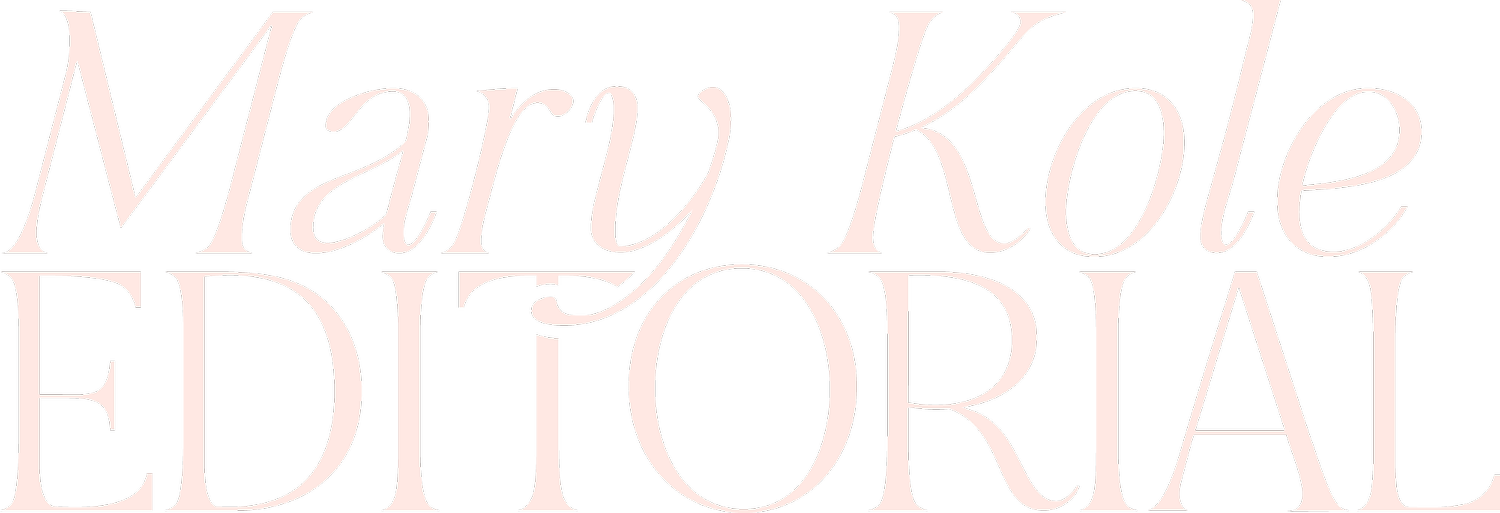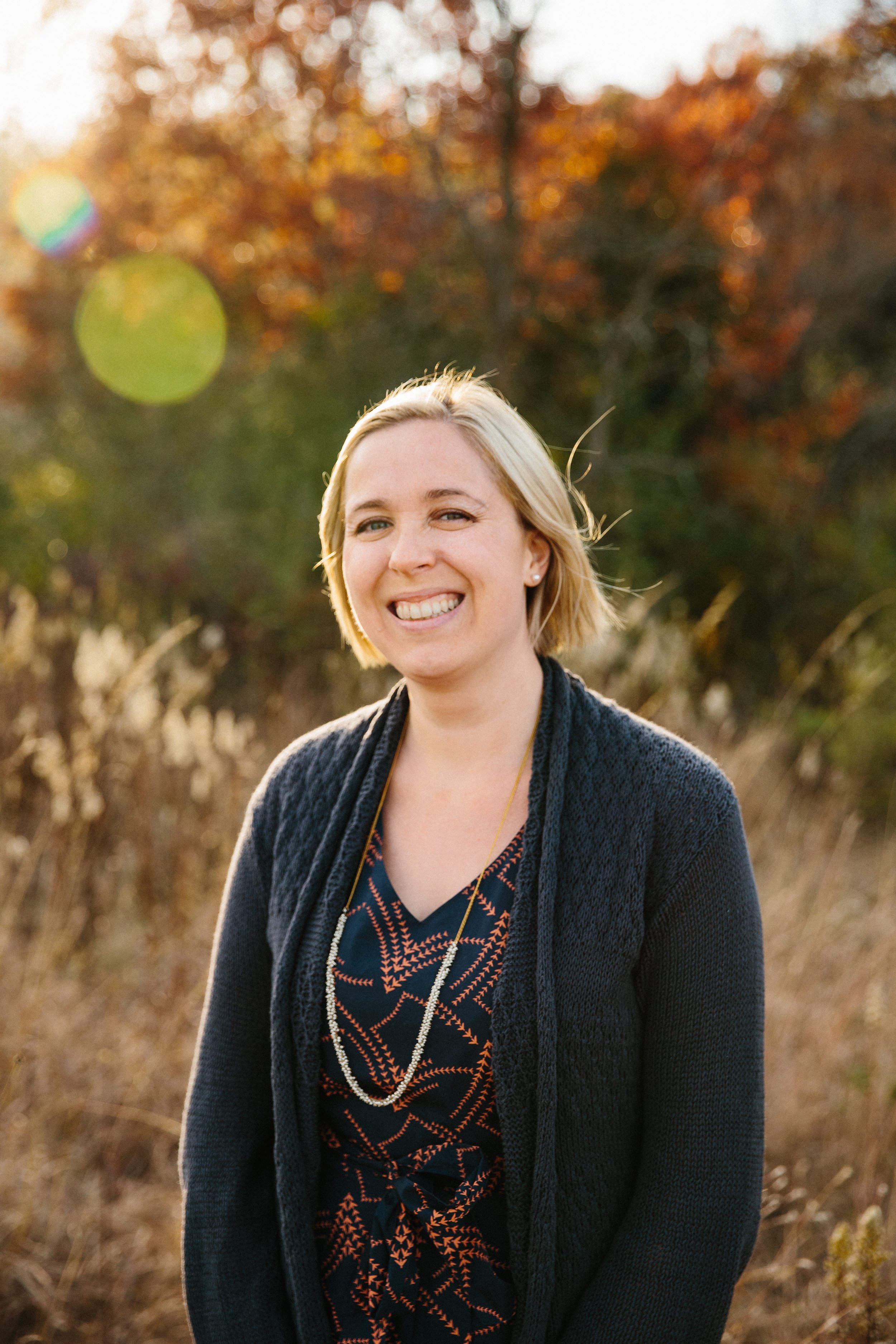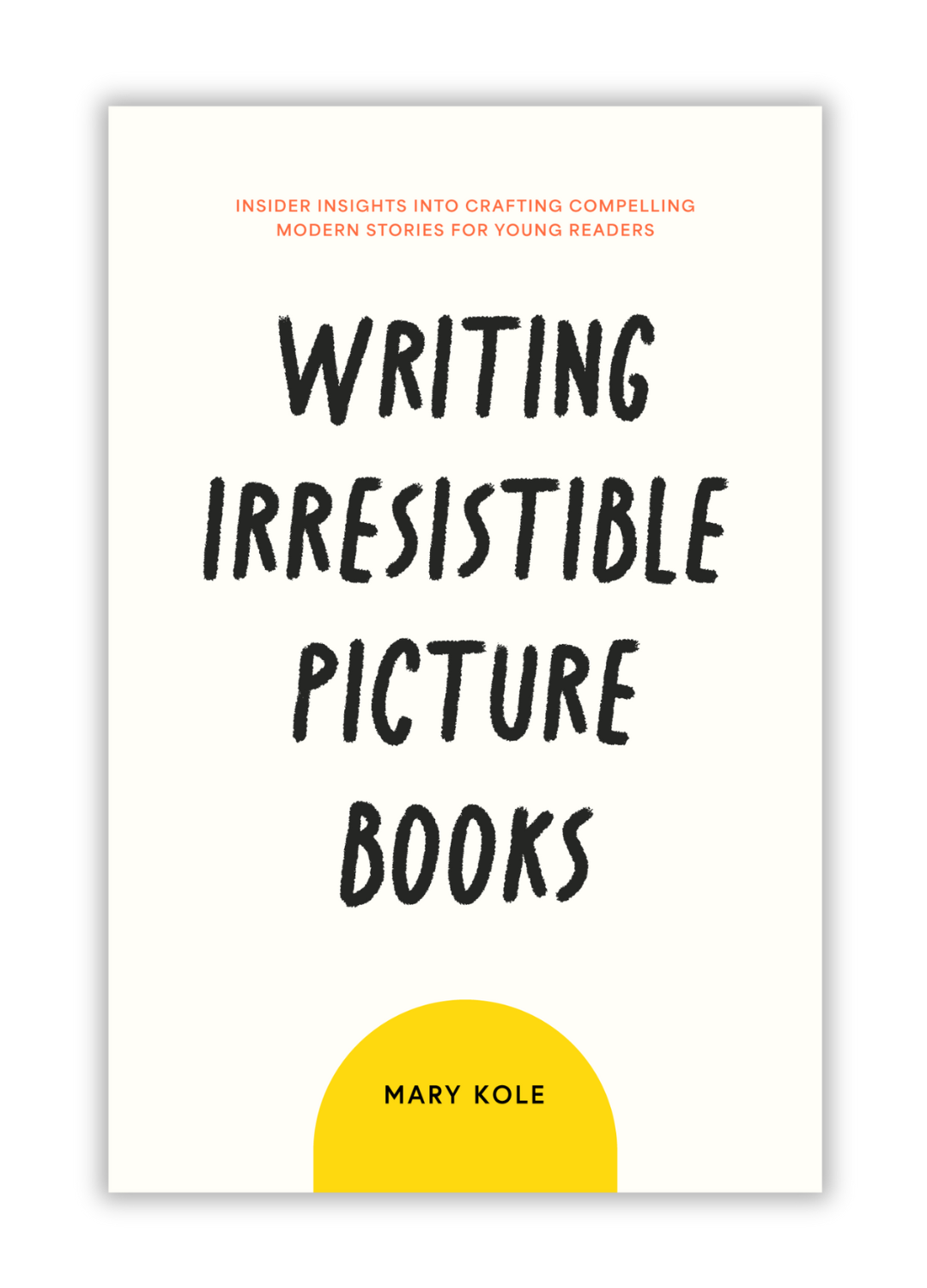Understanding Children’s Book Age Groups
By Mary Kole
Mary Kole is a former literary agent, freelance editor, writing teacher, author of Writing Irresistible Kidlit, and IP developer for major publishers, with over a decade in the publishing industry.
Writing and publishing children's books can be an exciting and rewarding adventure, but the process can seem daunting, especially for aspiring authors who are just starting out and don’t yet understand the many children’s book age groups involved. With so many different age groups and genres to consider, choosing the right children’s book age group and crafting a compelling story that fits your target audience can be challenging. But don't worry, I'm here to guide you through the ins and outs of targeting the perfect children's book age groups with your creative writing.
Understanding Children’s Book Age Groups
When it comes to children’s book age groups, it's important to consider who you are targeting. Generally speaking, children's books fall into six categories. What are the most common children’s book age groups?
Board Books (Ages 0-3):
Board books are durable, baby-friendly books with simple stories and bright, colorful illustrations. The board book word count and page count numbers to keep in mind are on the lower end, with up to 100 words and up to 32 pages being the norm.
Picture Books (Ages 3-8):
Picture books feature more complex stories and illustrations that help bring your storytelling to life. The picture book word count and page count numbers are generally up to 600 words, with 32-40 pages being the standard length. This is one of the most popular children’s book age groups categories.
Early Reader Books (Ages 5-8):
Early readers or easy readers are a bridge between picture books and chapter books for newly independent young readers. They are very concerned with language and syntax, and can clock in around 1,200 words, with many spot illustrations. As you can see, there is some overlap with children’s book age groups here, and this has to do with different kids gaining reading proficiencies at different speeds.
Chapter Books (Ages 7-9):
Chapter books are short novels with spot illustrations, engaging protagonists, and complex storylines. They’re meant to be a child’s first entry point into independent novel reading. Chapter books typically have between ten and fifteen chapters and between 5,000 and 15,000 words.
Middle-Grade Books (Ages 8-13):
Middle grade books are full-length novels with more complex themes, room for multiple main characters, and longer story arcs, including subplots. Middle grade books can start at about 40,000 words, and go up to 80,000, in the case of fantasy and science fiction.
Young Adult Books (Ages 13-18):
Young adult books are not just for teen readers as far as children’s book age groups go, even though their characters tend to be in high school (or freshly out of it). A lot of adult readers are drawn to the coming of age stories that protagonists face, complex plots, quick pacing, and high-concept premises. These projects can be 50,000 words on the short side, and up to 120,000 words for stories that require more worldbuilding.
Children’s Book Age Groups Best Practices
No matter which children’s book age groups you're targeting, it's important to make sure your characters are relatable and engaging to your audience. For board books and picture books, make sure your protagonists are immediately sympathetic, and following on a clear objective that they can sustain for the entire story. Meanwhile, in chapter books, middle grade books, and young adult stories, you'll want to create characters that are more complex and dealing with internal conflict and external conflict on a larger scale.
Your writing style will also depend on the children’s book age groups you're targeting. For board books and picture books, choose simple words and sentences that are easy for young readers (and listeners, since they won’t likely be reading independently yet) to understand. For chapter books, middle grade books, and young adult novels, you can use more complex language, but still keep the pacing quick and easy to follow. Clear, simple writing is actually difficult to pull off, so it’s something to aim for, not avoid.
When it comes to best practices for writing children's books across all children’s book age groups, there are several key elements to keep in mind. Your story should have a clear beginning, middle, and end, with engaging characters and an interesting plot that holds your readers' attention. The pacing should be quick, with shorter sentences and paragraphs for younger readers and longer, more nuanced plot arcs for older audiences.
Finally, make sure your books for the youngest readers are visually appealing, with bright, colorful illustrations that help bring your story to life. Whether you're working with a traditional publisher or self-publishing, having an eye-catching cover and high-quality illustrations can help your book stand out and attract readers. Study what else is on shelves, and this will help you successfully target the children’s book age groups you’re interested in writing for.
Writing and publishing children's books can be a challenging but rewarding endeavor, and with these tips, you can create a book that resonates with your ideal children’s book age groups, and stands out from the crowd. Remember to consider the children’s book age groups you're targeting, create engaging characters and an interesting plot, and make sure your book is visually appealing. With a little bit of hard work and creativity, you can create a children's book that will capture the hearts and imaginations of your readers for years to come.

Click here to purchase Writing Irresistible Picture Books, my book on children’s picture books. This comprehensive guide is crammed with craft advice and groundbreaking original research, including a survey of 1,000 upcoming picture book deals, a breakdown of 80 modern and marketable picture book topics, and in-depth analysis of over 150 published picture books.



